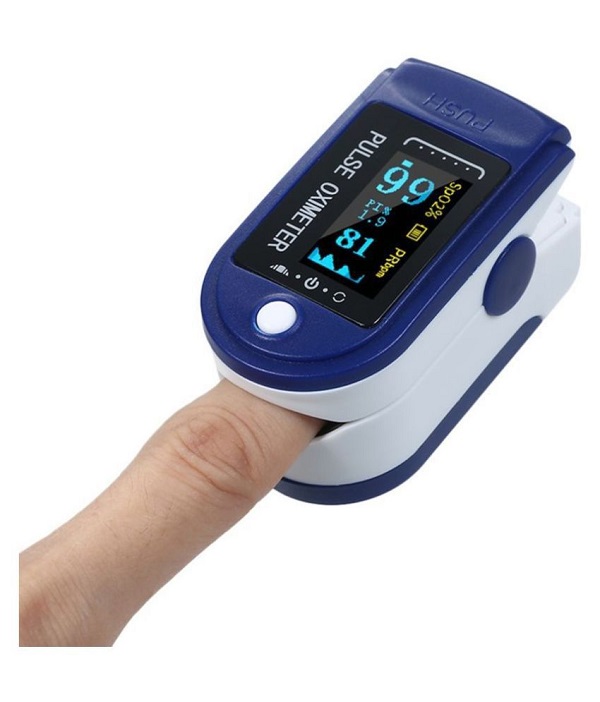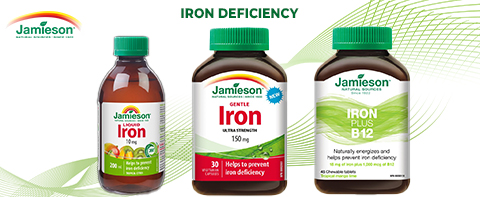Description
What is a pulse oximeter?
A pulse oximeter is a small device that looks sort of like a chip clip or a big clothes pin. You place your finger snugly inside (most require nail side up), and within seconds it lights up with numbers indicating your blood oxygen level and heart rate. Most healthy people will get an oxygen reading around 95 to 98 percent. Some people with existing health conditions may have a lower normal reading. You should check in with your doctor if the number falls to around 93 or 92 or lower.
The device will also show your heart rate. A normal resting heart rate for adults ranges from about 60 to 100 beats per minute, although athletes with a higher cardiovascular fitness will have a lower pulse.
Pro tip: One of the things to remember about reading a pulse oximeter is that many of them are designed to be read by someone facing you, not the person wearing it. The first time I tried my home device, it looked like my oxygen level was an alarming 86, but then I realized I was reading it upside down. (It was 98.)
How does a pulse oximeter work?
When you insert your finger into a pulse oximeter, it beams different wavelengths of light through your finger (you won’t feel a thing). It’s targeting hemoglobin, a protein molecule in your blood that carries oxygen. Hemoglobin absorbs different amounts and wavelengths of light depending on the level of oxygen it’s carrying. Your pulse oximeter will give you a numerical reading — a percentage that indicates the level of oxygen saturation in your blood. If you’ve been to a doctor in the past 20 years, you’ve experienced pulse oximetry.
The device works better with warmer hands than cold hands. And because oxygen levels can fluctuate, consider taking measurements a few times a day. Also try it in different positions, such as while lying flat on your back or while walking. Keep notes to share with your doctor if needed.
Does it matter what finger I use?
Most health technicians will place the device on the index fingers, but a study of 37 volunteers found that the highest reading came from the third finger on the dominant hand. A close second was the dominant thumb. So if you are right-handed, use the right middle finger. If you are left-handed, use the left middle finger. The difference between fingers is small, so if you prefer the index finger, that’s fine.
What happens if my oxygen level falls? What is the treatment?
If your number dips to 92 or lower, you should check in with your doctor. But don’t panic.
Is there a risk to monitoring oxygen levels at home?
It’s possible that a home monitor could give a faulty reading or be used incorrectly, prompting a patient to seek care unnecessarily. If you or someone in your home shows a very low reading, you may want to test your device on a healthy person to confirm that it is working correctly and discuss it with your doctor.
And home monitoring should not give you a false sense of security. Don’t ignore physical symptoms even if your oxygen level is fine. You should still call a doctor if you have severe shortness of breath, a high fever, confusion or any other concerning symptom. The benefit of monitoring is that it potentially can flag a decline in your respiratory health before you feel it. And if you feel really lousy — as many Covid patients do for a few weeks — seeing a normal oxygen level can relieve some of the stress of the illness.

















Reviews
There are no reviews yet.